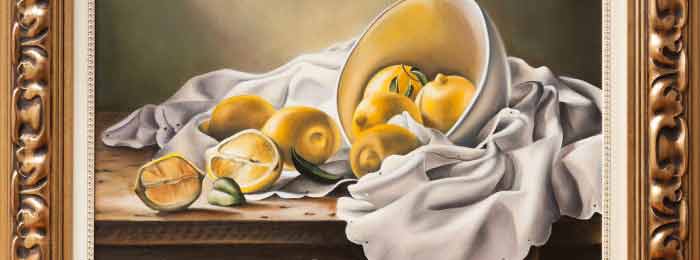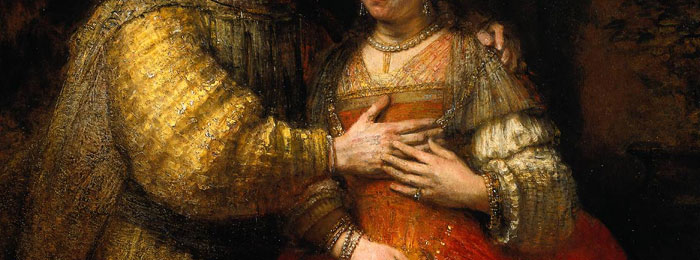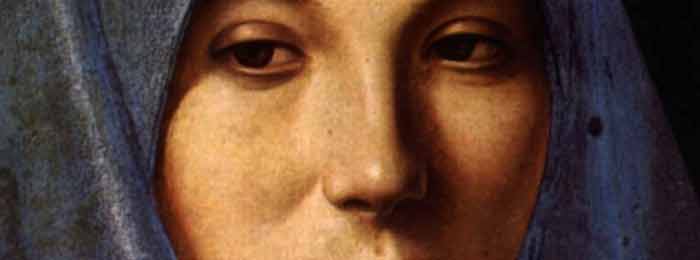On 29 Oct, 2015 With
Feedback from Aleksandra Šunjevaric?
I am 42 years old. I was surrounded with art my whole life, as my mother is fine artist (she studied fine art at Belgrade Art university, but unfortunately she is not familiar with old masters techniques), so as my grandfather. Unfortunately I was not able to study because of the lack of material resources and some other problems which I was going through. I have my mothers selfless assistance in my art, but I need professional help from someone who knows how to paint techniques of the old masters.
I’m sending my very first Flemish technique paintings I’ve painted last year. That was a time I first learn something about this technique. I find that this technique is perfectly suited to my sensibility and so I want to improve myself as best as I can. …
Read More
On 31 Aug, 2015 With
Rembrandt, who is thought to have learned from Jacob van Swanenburgh and Pieter Lastmann, no doubt took stylistic cues from the Flemish Technique, the Venetian Technique, and the Direct Painting Technique. When observing his work, one can see that he experimented freely with them, moving between them, but he most certainly employed them all. Over time, as he learned each method, he incorporated aspects from all into a his style—while, of course, adding innovations of his own. Some of his paintings utilize wood as a canvas, as was common with the Flemish Technique, which he appears to have used predominantly in those works. In addition to this, a few of his small studies on wood panels seem to have utilized…
Read More
On 17 Jun, 2014 With
Oil painting in its first form evolved from an earlier discipline known as , and was an attempt to overcome the severe limitations of that medium, such as a lacklustre finish and too-rapid drying time. Developed originally in Flanders, the method became known as the “Flemish Technique.” This method of painting requires a rigid surface on which to work, one that has been primed pure white, as well as a very precise line drawing. The line drawing was transferred to the white surface by perforating (tracing, in essence) the drawing along its lines. Once this transfer was complete, the resulting lines were enhanced with ink or viscous paint (using either a pen or finely pointed sable brush). The drawing was…
Read More




